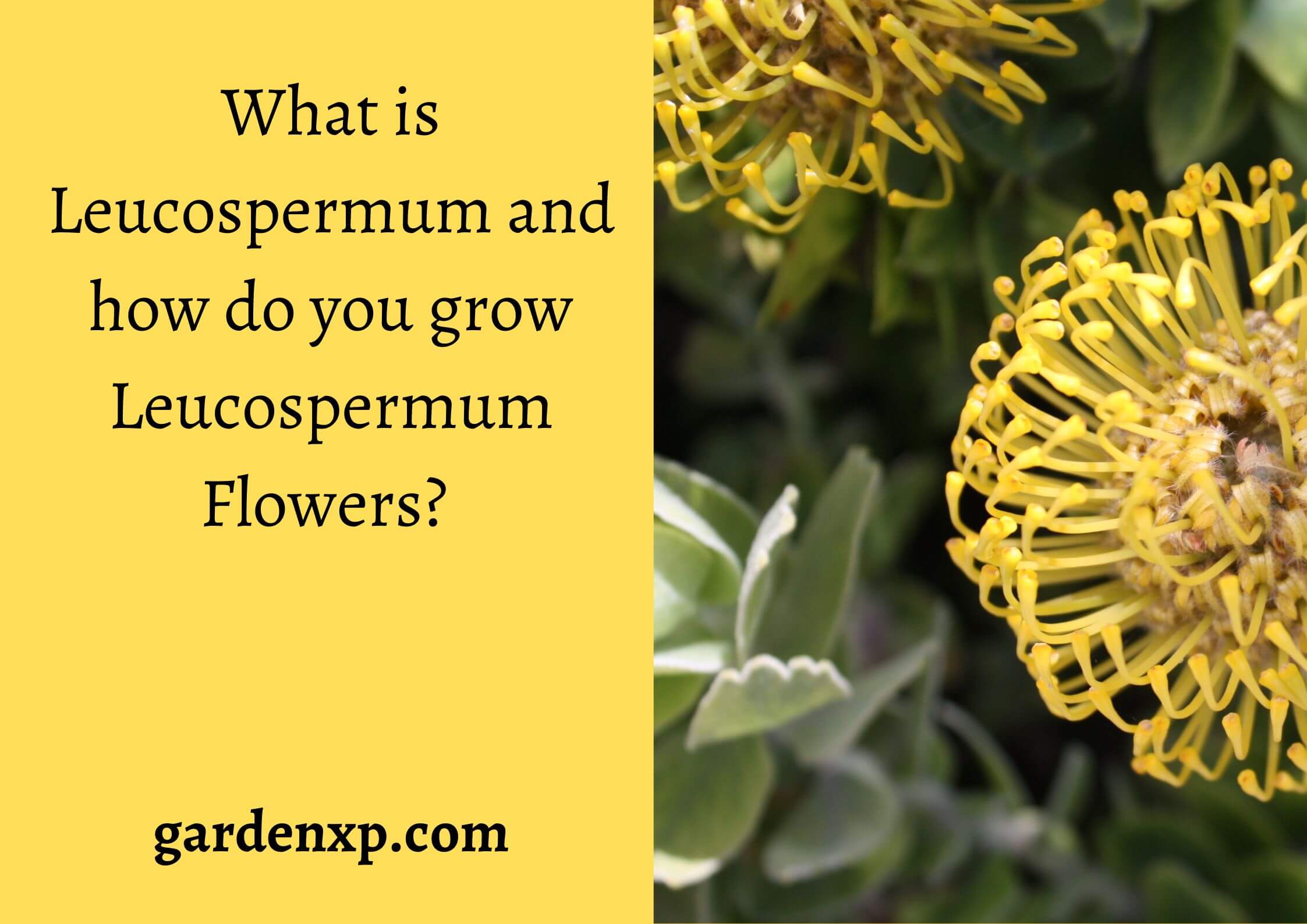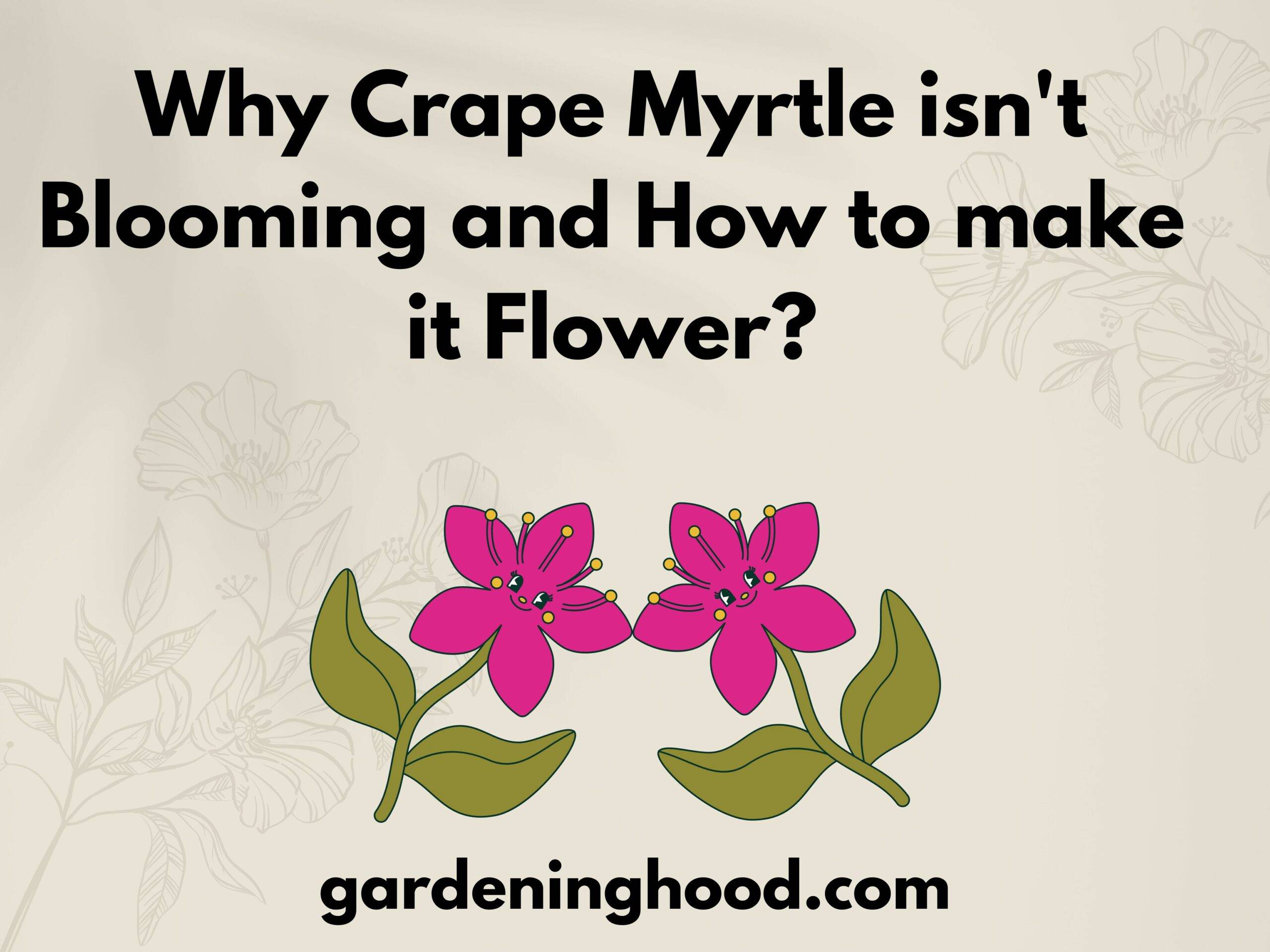What is a Purple Emperor Sedum?
What is Purple Emperor sedum? The Purple Emperor sedum (Sedum ‘Purple Emperor’) is a resistant but at the same time lovely perennial plant with deep purple foliage and clusters of moderate pink and small-sized flowers. It’s suitable for both cut florals and garden borders. Continue reading to know more about Purple Emperor stonecrop seedlings and how to grow Purple Emperor Sedum.
Key takeaways:
- The purple emperor sedum plant grows to be 15 inches in height and spreads 12 to 23 inches wide.
- The plant produces little salmon-pink summer blooms that contrast with the deep purple foliage, which is nearly black in hue.
- Sedum plants are low-maintenance plants that are easy to care for.
Information about Purple Emperor Sedum
The plant Sedum ‘Purple Emperor’ is mutant stonecrop cultivated for its vibrant leaves and blooms. With a length of 1 to 1.25 feet (30-38 cm) and a width of 1 to 2 feet, it grows erect and spreads gently (30-61 cm.). The leaves are dark purple in hue, nearly black at times.
The plant produces clusters of small and pink blooms on solitary stalks during July. Flower crowns measuring 12-15 cm across develop when the blooms open and flatten. Pollinators, like butterflies, are attracted to them and no bees are repelled by this plant.
The flowers will fade in the autumn, but the leaves will last into the winter. In the spring, old leaves should be cut away to create room for new growth.
Growing the Purple Emperor Sedum
Spring is the optimum time to grow ‘Purple Emperor.’ Place the root ball in well-draining soil with the top of the root ball at ground level. This succulent should be spaced about 15 to 60 cm apart. To reduce the time taken to cover an area, plant closer together.
Mulching
A few feet of wood chip or crushed bark mulch will help this succulent thrive. Mulching helps to prevent weed development. It also assists in retaining the moisture which is lost due to evaporation. To avoid stem rot, keep the mulch 2 inches (5 cm) away from the plant stems. Use tiny stones as mulch in wet places. This diminishes the mulch’s ability to hold water.
Watering
Once grown, this succulent enjoys dry environments and only requires occasional watering. Soak the soil well after planting and again before the arrival of cold weather. Allow the soil to dry out between waterings until the broad root system has developed.
Feeding
The nutritional requirements for ‘Purple Emperor’ are minimal. As a result, don’t overfeed the plant. Every other year, scrape a handful of 10-10-10 all-purpose granulated fertilizer into the surface of the soil to offer a sufficient amount of nutrients for a healthy plant.
Pruning
When H. telephium ‘Purple Emperor’ is overwatered, it generates heavy flowers on weak stems. Cut the flower stalks down by one-third of their length before the flowers form to fix this problem. As a result, the plant’s stems become shorter and stronger. The only trimming this plant requires is the removal of old leaves and stems when new foliage emerges.
Dividing
Every 2 to 3 years in the springtime, H. telephium ‘Purple Emperor’ requires division. With a shovel, pull the plant out from the ground and tear the group down into individual plants. The original plant should be replanted, and the new succulent should be planted in a different spot.
Fertilizer:
They are succulent plants that are used to grow in a wild environment where they grow without using fertilizer. In the early summer season, you need to add slow-release fertilizer but they are able you grow without any fertilizer also. Make sure not to fertilize the plant during the dormancy stage as large amounts of nutrients during winter which could damage the growth of the plants.
Sunlight:
To grow Purple Emperor you need to have bright, transparent, and scattered light. If you dont provide the plant with sunlight they do becomes spindly, tissues get brittle and the color of the plant starts fading out. The plant starts losing its shape and starts turning green and yellow.
You need to avoid the plant from strong sunlight as it will burn the leaves and stems of the plant due to which they start growing slowly or stop growing. The leaves of the plant start to get compact and the stem starts to get short.
Pruning:
To maintain the plant’s shape and size you need to prune the plant. They are used to growing too densely so you need to cut them off during the Spring and fall seasons. The cutting of the plant test depends upon your preference and purpose. You need to use knives, scissors, and sulfur powder to complete the process of pruning. For propagating the plant you need to cut the leaves of the stem during the Spring and fall seasons and select a stem that does have 5 to 6 leaves.
Temperature:
These are the plants that are used to grow in mild temperatures during Spring and fall and are not able to resist extreme cold. In case you are not living in a warmer area you need to pot the plants in a location where they get direct sunlight. If the temperature goes higher than 30 degrees Celsius it becomes dormant. When the temperature is lower than 5 degree Celsius during winter you need to move the plant indoors to avoid the death of the plant. In the growing season you need to make a schedule of watering the plant but in summer and winter when the plant is dormant reduce the watering frequency.
Care for the Purple Emperor Sedum
Purple Emperor sedum plants are simple to grow. Sedums, sometimes called stonecrops, are well-known for their toughness, having evolved from their propensity of growing in poor soil amid rocks and stones.
Purple Emperor plants thrive on sandy to rocky soil that is weak in nutrients but drains well. They will put forth excessive growth and become feeble and floppy if they grow in very rich soil.
They prefer full light and a moderate amount of water. They must be watered more during their first year after growth to foster the development of a healthy root system.
For more such plant related-articles, you may also read, What is Clove Pink Herb Plant? What are its uses in the Garden?
These plants are attractive in garden boundaries, but they also thrive in containers. Plants of Sedum ‘Purple Emperor’ are hardy perennials that thrive in USDA zones 3-9.
Purple Emperor plants thrive on sandy to rocky soil that is weak in nutrients but drains well. They will put forth too much foliage and become feeble and floppy if they develop in very rich soil. They prefer full light and a moderate amount of water.
Do sedums become dormant in the winter?
An herbaceous perennial that dies back in the winter and grows again the following spring. It stands 50cm (20in) tall with a 60cm spread (24in). It can withstand weather conditions with temperatures as low as -20°C in all parts of the UK. The flowers, which bloom from August through October, are a major attraction.
Sedum thrives in bright to part sun. While taller versions of the plant require full sunlight to blossom well, creeping varieties may thrive in just some part of the shade.
Sedums are like well-drained soil with a pH range of neutral to slightly alkaline. Stems and roots rot can be caused by wet, heavy clay.
Is sedum a biennial or a perennial plant?
Sedum is a perennial herb with fleshy stems, thick succulent leaves, and groups of star-shaped flowers. Here’s how to plant sedum in your backyard! Sedum,” comes in a wide variety of types and species, making it suited for use in almost all garden designs.
About the Article
The Purple Emperor sedum (Sedum ‘Purple Emperor’) is a resistant but at the same time a lovely perennial plant with deep purple foliage and clusters of pink small-sized flowers. It’s suitable for both cut florals and garden borders. In this article, we discussed the Purple Emperor Sedum. We also briefed on how to grow and care for Purple Emperor Sedum just like we explained about growing Syngonium Pink Splash .


